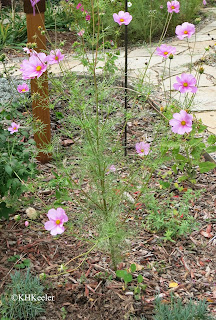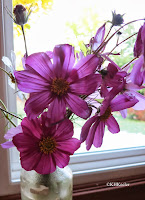 |
| downtown Beijing |
In September I took a tour of China with the Denver Art Museum's Asian Art Association, coordiated by Access China Tours. We went from Beijing to Dunhuang in the west through Xian and Chengdu in central China to Lijiang and Dali in the far southwest (Yunnan Province) ending in Shanghai. The contrasts are staggering and I am trying to organize what I saw. We tend to talk about "going to --" as if landing in the capital or the top tourist location will show you all the place has to offer. It is not that easy!
In US terms, our trip was like seeing New York City and Washington D.C., the countryside near Atlanta, Georgia and Biloxi, Mississippi, as well as visiting Taos, New Mexico...different in levels of urbanness, climate, history, ethnic mixes...
 |
| Dunhuang dunes |
Beijing is "China"...As the capital most tours go there. The traffic was pretty continually snarled and the air gray. That said, the Forbidden City (a quaint old name, in modern Chinese the name is the Former Palace), Tiananmen Square, the art museums and the Great Wall are all well worth seeing. In September, it was warm and relatively humid.
Dunhuang, in Gansu Province,
is about 1500 miles (2,438 km ) west of Beijing, on the edge of the Gobi Desert. It was dry! Days were hot and nights very cool. Great sand dunes loomed above the town. An important trading area, the people were and are a mix of races and ethnic groups. A small place with a long interesting history.







